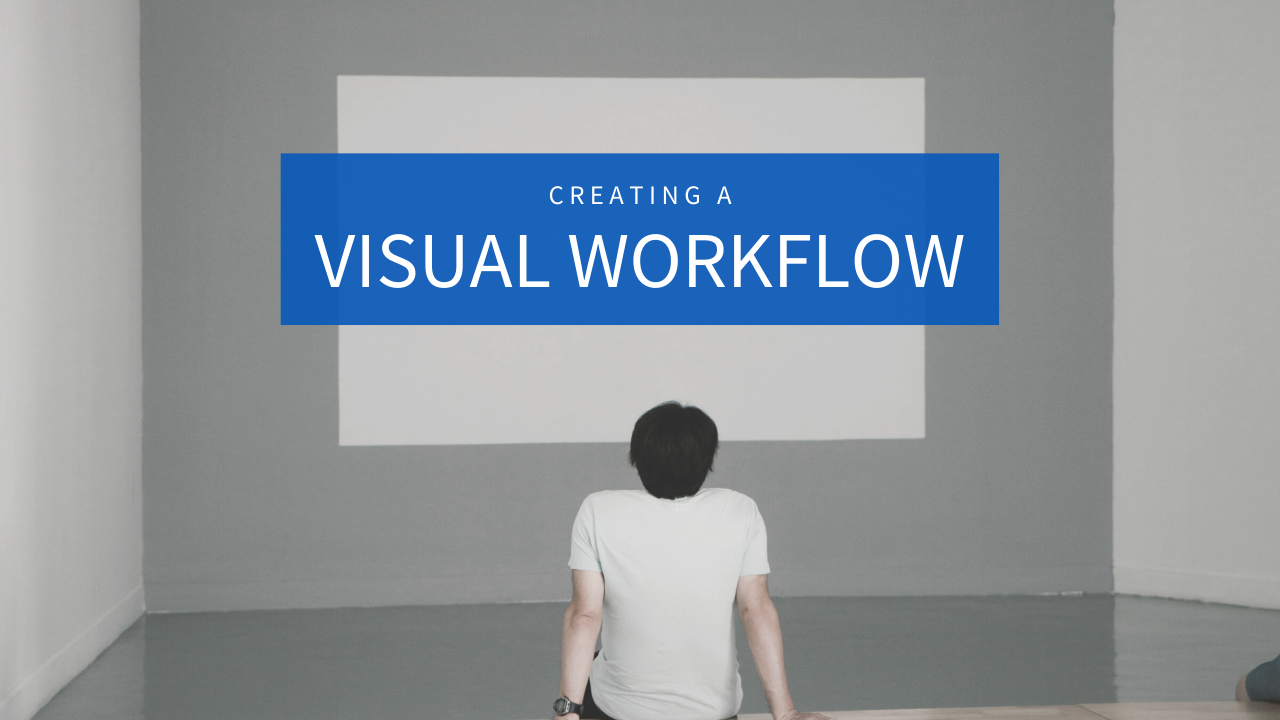One of the principles of using Kanban is to make your workflow visual. And yet, we often don’t make the most out of it. Why?
Maybe you never thought you could so easily improve your workflow. Kanban, even if visual on its own, can always be bettered.
In today’s tip, you’ll learn about three reasons why you definitely should invest into creating in-depth, visual workflows for each of your projects and processes.
Processes Offer Ownership
When you have several people on your team and they’re responsible for different tasks, it’s useful to reflect these responsibilities. For example, if you’re working on content and your team members prepare its different parts separately, you can easily create a visual workflow for it.
This way, everyone’s role is twice as clear – every one knows when to step in and what to deliver.
Process ownership helps your people understand their role in delivery of a project of task and fully comprehend its importance.
It’s also an easy way to tell you who’s got most on their plate – which processes are most loaded and which are usually idle.
Read more: Kanban Methodology: Make The Most Out Of Your Board
It’s easier to follow
The longer and more complex your workflow is, the harder is might be for your team members to fit in. If something in your process is heavy dependent on sequence or timely delivery, then a visual workflow will make it easier to happen.
With a properly set up visual workflow your people won’t have to memorize each processes they participate in. It’s enough they have a look at the appropriate kanban that will guide them from the beginning to the end.
Progress is easier to monitor
With a help of visual workflow, it’s easier to check the project’s progress. As the kanban replicates the timeline along which the tasks move, it takea but a glimpse to understand how things are standing.
With a visual workflow such as this we suggest, you can easily learn a lot about your progress:
- at what stage are the task?
- who’s busiest right now?
- who’s idle and could be allocated eslewhere?
- which tasks are stuck on their stage since days?
- what are your bottlenecks?
With this information so easily accessible, you can improve and optimize your team’s work and deliver better results.
Watch the video
Interested in visual workflows?
Don’t forget to watch the video & subscribe to our channel for more similar content!





